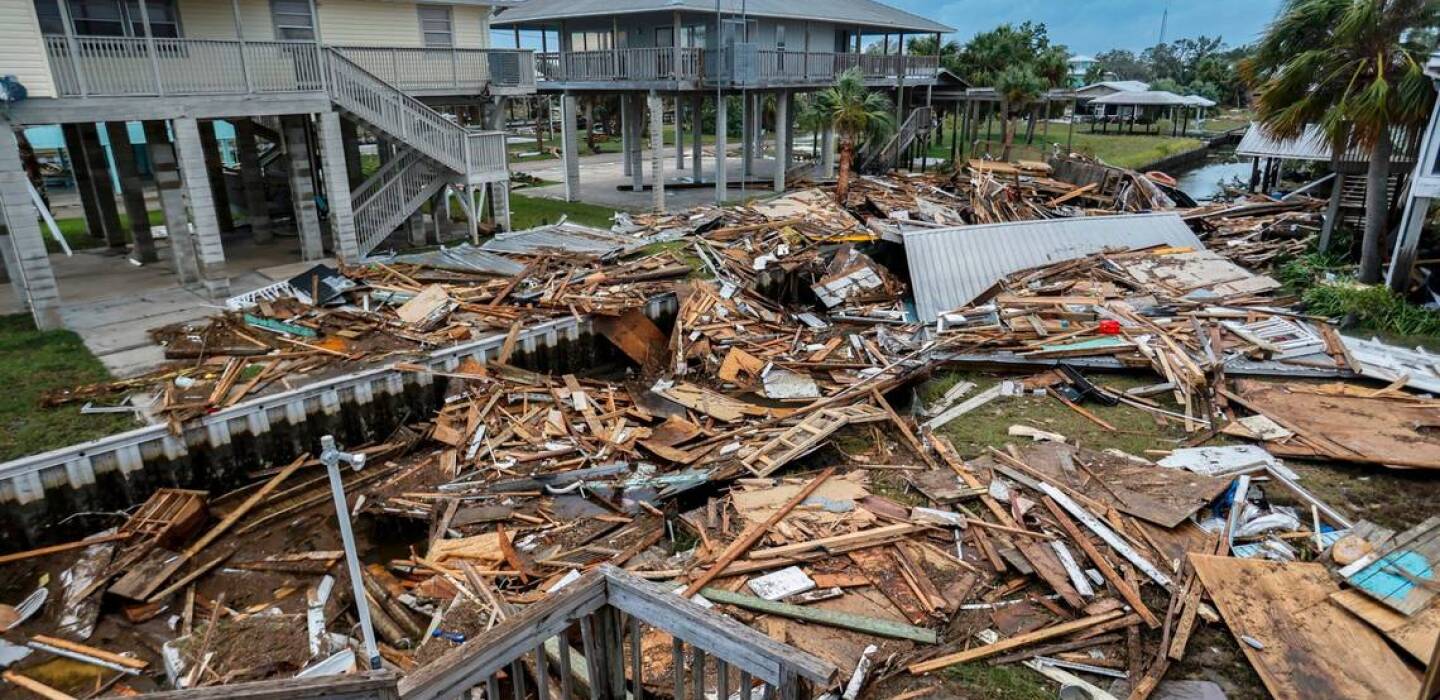
Season’s Hurricane Forecast Compares to the Most Active
An intense hurricane season could be in the offing for the Gulf Coast and Atlantic Seaboard, according to a forecast by meteorologists at environmental technology firm AEM.
The company released its 2024 Atlantic Hurricane Season Outlook this month, forecasting an 84 percent chance of an above-normal season with 23 named storms, 11 hurricanes and six major hurricanes.
“Our forecast paints a concerning picture for the 2024 Atlantic hurricane season,” AEM Chief Meteorologist Mark Hoekzema said in a press release. “The confluence of La Niña and abnormally warm Atlantic waters creates a breeding ground for hurricane development. We are strongly urging residents in high-risk areas along the Gulf Coast and Atlantic Seaboard to stay vigilant and prepare accordingly.”
The forecast was developed from advanced machine learning models and analog analysis that consider key climate factors, including the expected warmer sea surface temperatures in the Atlantic and La Niña conditions, which tend to create drought conditions in the South.
Several regions face a higher risk of impact from tropical systems this season, including the Gulf Coast, as Texas and Louisiana are expected to see an increased likelihood of storms that make landfall. The Southeast and Florida on the Atlantic coast will see an elevated risk because of projected steering patterns and warm ocean temperatures.
The forecast drew comparisons with 2005 and 2017, both active hurricane seasons with 28 and 17 storms, respectively. The 2005 season included Hurricane Katrina and the 2017 season saw hurricanes Harvey, Irma and Maria.
Related
More Stories
Thousands Evacuate in Southern California as Fire Spreads
(TNS) — A rapidly spreading fire, fueled by strong, dry Santa Ana winds, has forced thousands of people from their...
Train Derailment Spills 660 Gallons of Diesel in Washington
(TNS) — About 660 gallons of diesel fuel spilled near the Columbia River south of Wallula after a Union Pacific...
California Police Chief Talks Technology, Community Trust
(TNS) — Newly sworn-in Woodland Police Department Chief Ryan Kinnan sat down with one of his fellow officers in a...
Grant Extends Broadband to Parks for Emergency Communication
(TNS) — On July 31, volunteers with Loveland Open Land and Trails at the Viestenz-Smith Mountain Park spotted smoke and...
Louisiana Signs $3M Deal for High-Tech Investigations
(TNS) — Louisiana Attorney General Liz Murrill's office has signed a multi-million-dollar deal with a security consulting firm that aims...
Another Potential Hurricane Headed Toward Gulf of Mexico
(TNS) — A growing system in the Caribbean could develop into Tropical Storm Rafael on Monday and intensify into a...


Average Rating